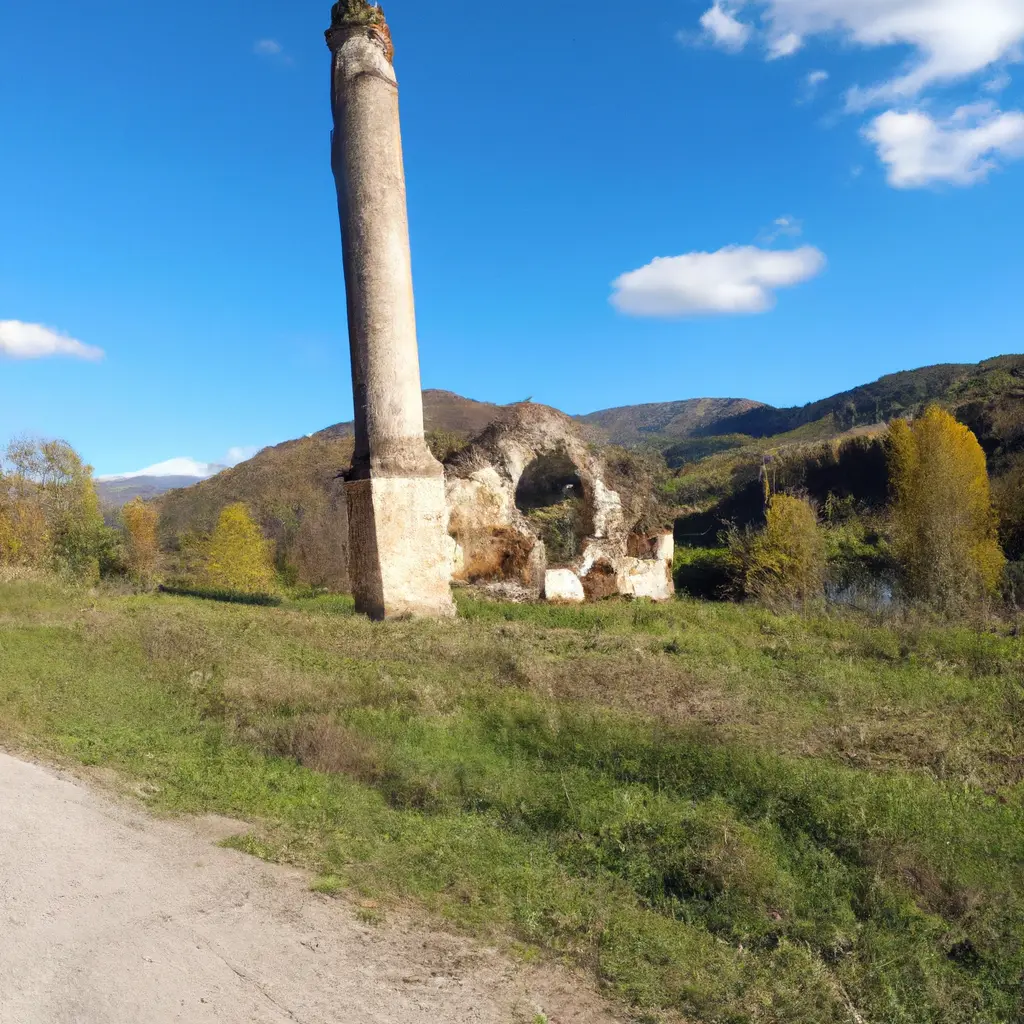Bijelopoli residents of Radulici village against the construction of a mosque

The Bijelo Polje City Planning and Space Organization Secretariat has issued urban planning and technical conditions for the reconstruction of the Haydar Pasha jamiya in Radulichimi, the Majlis of the Islamic Community of Bijelo Polje reported.
Local residents claim that the jamiya was built on the site of a former church and Orthodox cemetery and that there is no way they will allow its construction. From Majlis note that after more than a decade of efforts of the Islamic Community in Montenegro, Majlis of the Islamic Community of Bijelo Polje, conditions have been created to return this vacuum with special cultural and historical significance to its original form. The importance of this enterprise is widely recognized, so our diaspora has also shown great interest in this waqf," they said in a statement posted on the Majlis IZ Bijelo Polje Facebook page. They also note that the City of Bijelo Polje recognized the importance of such cultural richness and issued said conditions this time. "Suffice it to say that this is the success of previous and current members and activists of the Islamic Community, and it obliges us to say that this is the success of the Islamic Community in Montenegro - that is, all of us - without mentioning names. Without belittling anyone's contribution to this, we believe that this issue should not be politicized or used for political propaganda ".
Committee of the Bošnjak Party note that with the issuance of urban planning and technical conditions "conditions have been created for the reconstruction - restoration of this majestic 17th century Jamija, which is a very important part of the sacred cultural and historical heritage of the Bošnjaks in Montenegro and has a significant role in preserving the cultural and religious identity of the Bošnjaks in Montenegro, as well as being a cultural and historical gem of the state of Montenegro ". "The jamija was burned and destroyed by Pavel†urišić's Chetniks in 1943, since then its remains have been resisting the tooth of time - the foundations, the floor, the remains of several walls and minarets of this jewel of Islamic architecture," said a statement from the Bošnjac Party of Bijelo Polje.
Local residents of Radulić have repeatedly claimed that there was a church on the site of the jamiya and that the jamiya was built of stone typical of church construction - sige - and that the doors and key were church doors, noting that detailed archaeological investigations have not been carried out.
27 February






Local residents note that the data in the cadastre has been changed, as the land was previously registered as "church and stony karst". "Real estate management later, in 2008, registered "ruins of a religious structure" and a cemetery instead of these data. "We don't know how these changes in records occurred, nor whether the church was involved in the process or was provided any documents regarding the process," Radovich said.
Comment
Popular Posts
27 February
10
Popular Offers




Subscribe to the newsletter from Hatamatata.ru!
Subscribe to the newsletter from Hatamatata.ru!
I agree to the processing of personal data and confidentiality rules of Hatamatata





